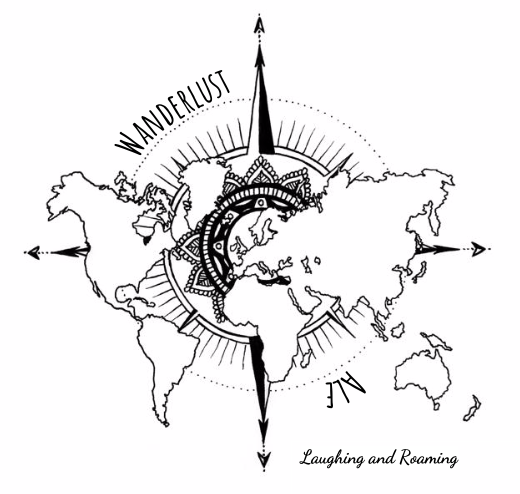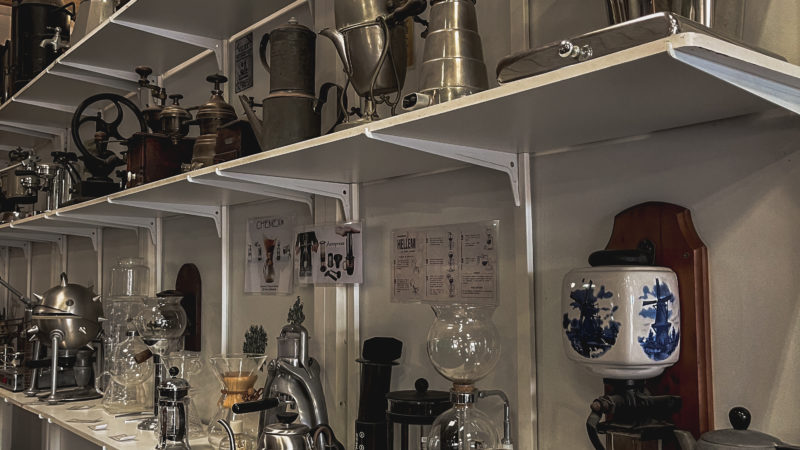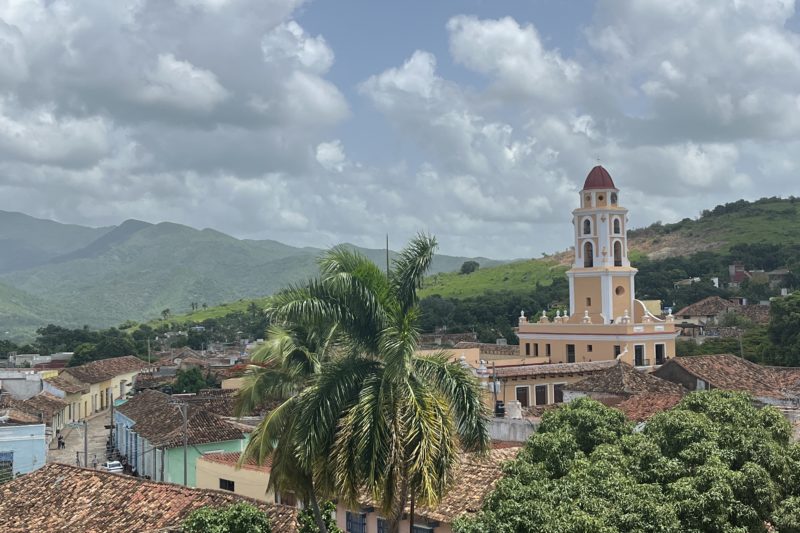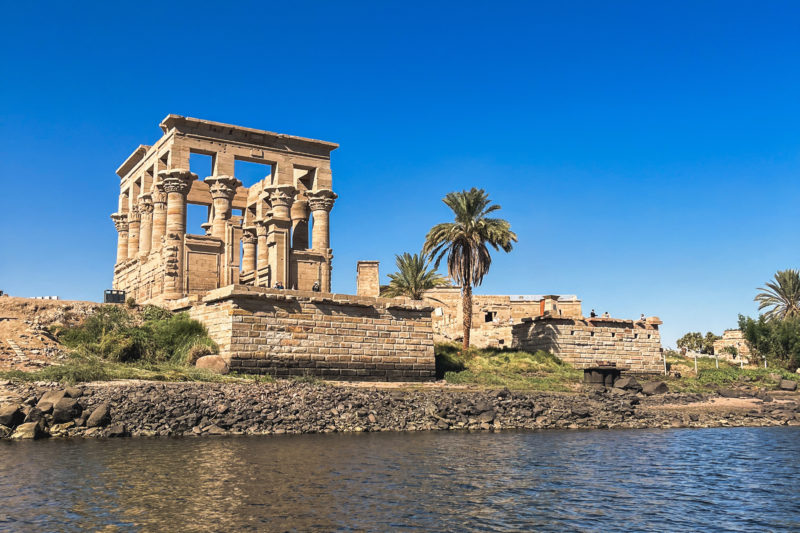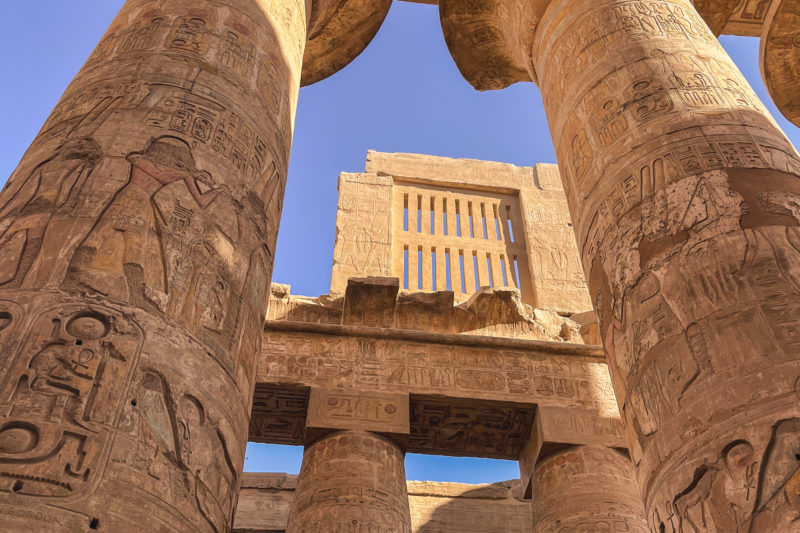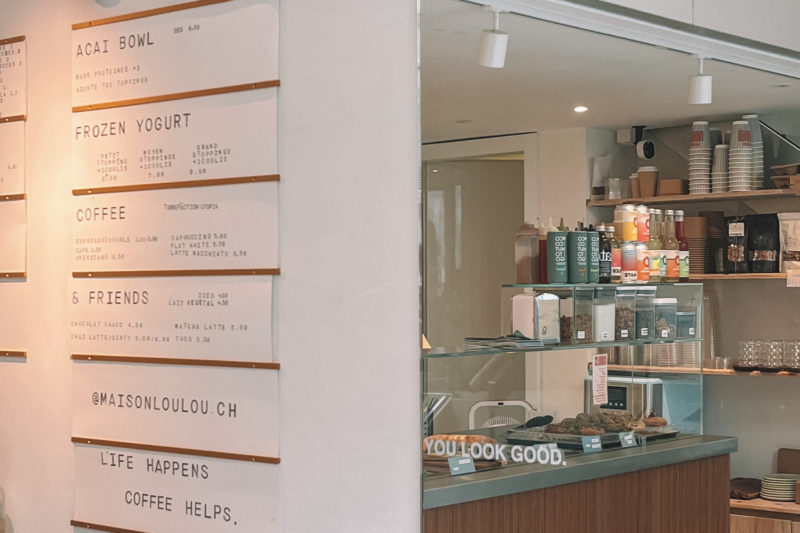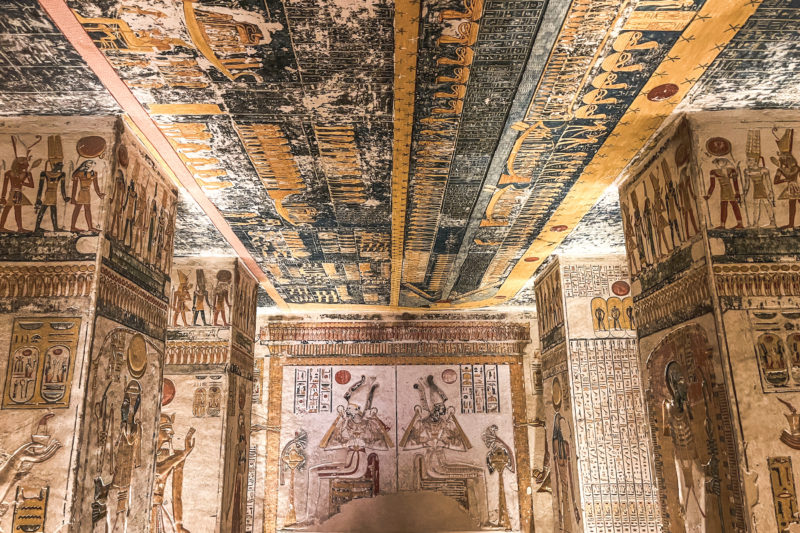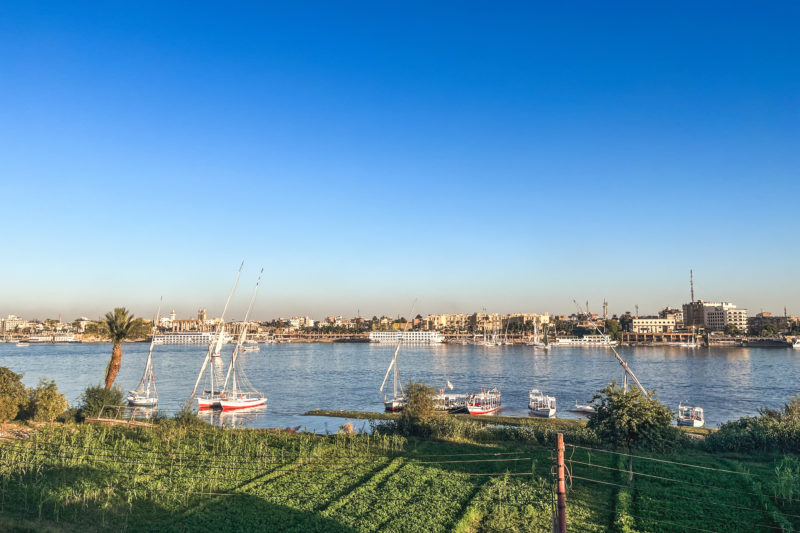As you’ve probably gathered by now, I’m a coffee lover. Naturally, this often leads me to go on the hunt for beautiful cafés to discover, to hold caféthons with friends and even to take different itineraries on my travels to explore new coffee cultures.
So it was with great surprise that I discovered, during my trip to Reunion Island, that the island produces one of the world’s most popular (and expensive!) coffees: the Bourbon pointu. Having discovered the island’s history, I made a direct link with its former name (Bourbon Island) and this variety of coffee, but also with Bourbon vanilla.
So, two choices presented themselves: either visit a vanilla-producing estate or one that produces coffee. For me, the choice was made very quickly, but as I wasn’t travelling alone, I had to motivate the other members of my family, who were more inclined towards vanilla. During my research, I discovered a great place to learn about coffee production in Réunion, coupled with a magnificent botanical garden. That’s when I won them over.
I’ll explain our experience at the Domaine du Café Grillé later, as I need to contextualize the history of coffee on Reunion Island. Indeed, Bourbon not only stands out as an exceptional coffee on a global scale; it also embodies the island’s historical heritage.
History of coffee in Reunion Island
The story of Bourbon pointu begins in 1715, when coffee trees of the Coffea arabica variety, originally from Ethiopia, were introduced from Yemen to Bourbon Island (now Reunion Island, but a possession of the King of France at the time) for cultivation. These coffee trees thrived in Reunion’s climate, gradually acquiring their own distinctive characteristics. The resulting coffee, known as Bourbon pointu (Coffea arabica cv. laurina), emerged from the continuous mutation of the ordinary Bourbon coffee variety.
The coffee’s distinctive features include a low caffeine content and a delicate, complex taste profile. Its floral and fruity aromas, evoking notes of musk, rhubarb, pineapple, rose and spices, have won the admiration of connoisseurs such as King Louis XV of France and the writer Honoré de Balzac (who was very fond of coffee, as I mentioned here).
As a result, by the 18th century, Bourbon Island had become one of Europe’s main suppliers of coffee. However, despite its deep roots in this volcanic soil, coffee growing on Reunion Island gradually disappeared in the 19th century. The tall, high-altitude coffee trees, which could reach heights of 4 to 6 meters, were gradually eclipsed by sugarcane, a more resistant and lucrative plant, which thus became the island’s primary crop.
Nevertheless, the people of La Réunion have never abandoned their coffee tradition. Even as the vast plantations gave way, coffee trees scattered across the island continued to grow. A genuine revival began in the 2000s, with the desire to rediscover a link with the past while still producing this quality ancestral coffee.
Thanks to plants found here and there in the gardens, Bourbon pointu production is enjoying a revival on the world stage, particularly in Asia, as the Japanese and Koreans much appreciate it. Thanks to the diligence and delicacy of the work, as well as the island’s favourable climate, Bourbon coffee has once again become a top-of-the-range product. Characterized as a wild, indigenous coffee, the slightly pointed cherries (the name given to the berries of the coffee plant) are picked and processed by hand, bringing the price of this coffee to several hundred euros per kilogram.
A getaway at Domaine du Café Grillé
The facts explained above are summarized from our visit to Le Domaine du Café Grillé. When you go there, you’ll discover Reunion Island’s connection with coffee, while enjoying a stroll through a botanical garden designed to highlight the island’s past and present history. It’s a great complement to some of the museums you can visit on the island, but above all an unusual and different way to immerse yourself in the culture of Reunion’s volcanic soil.
To discover the Domaine du Café Grillé, you’ll have to go to the outskirts of Saint-Pierre, in the south-west of the island. More precisely, the estate is located at the northern entrance to the town, close to a vast and rapidly expanding industrial zone. It’s easy to get to by car, but less convenient by bus. However, you can take a bus (S3, S4, 13 and 13a) to the Allée des Cèdres stop and walk there in around ten minutes.
We arrived at the site in the middle of the afternoon, meaning we’d missed the 2 p.m. guided tour. We didn’t mind, though, preferring to soak up the sights on our own. However, even if you don’t want to take the guided tour, the visit to the premises begins with a short documentary, which gives every visitor an insight into the history of coffee on Réunion Island. This takes place in the building which also serves as a ticket office, souvenir store and café.
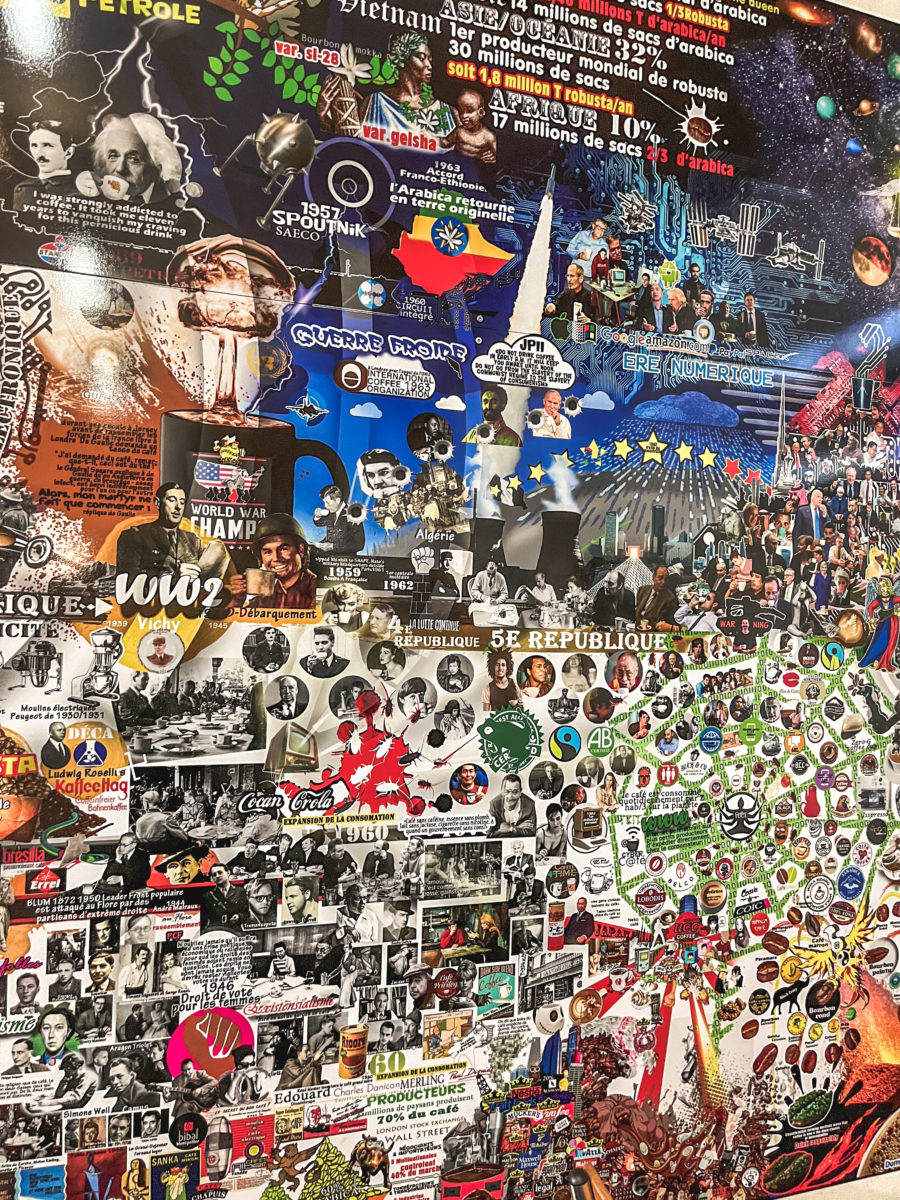
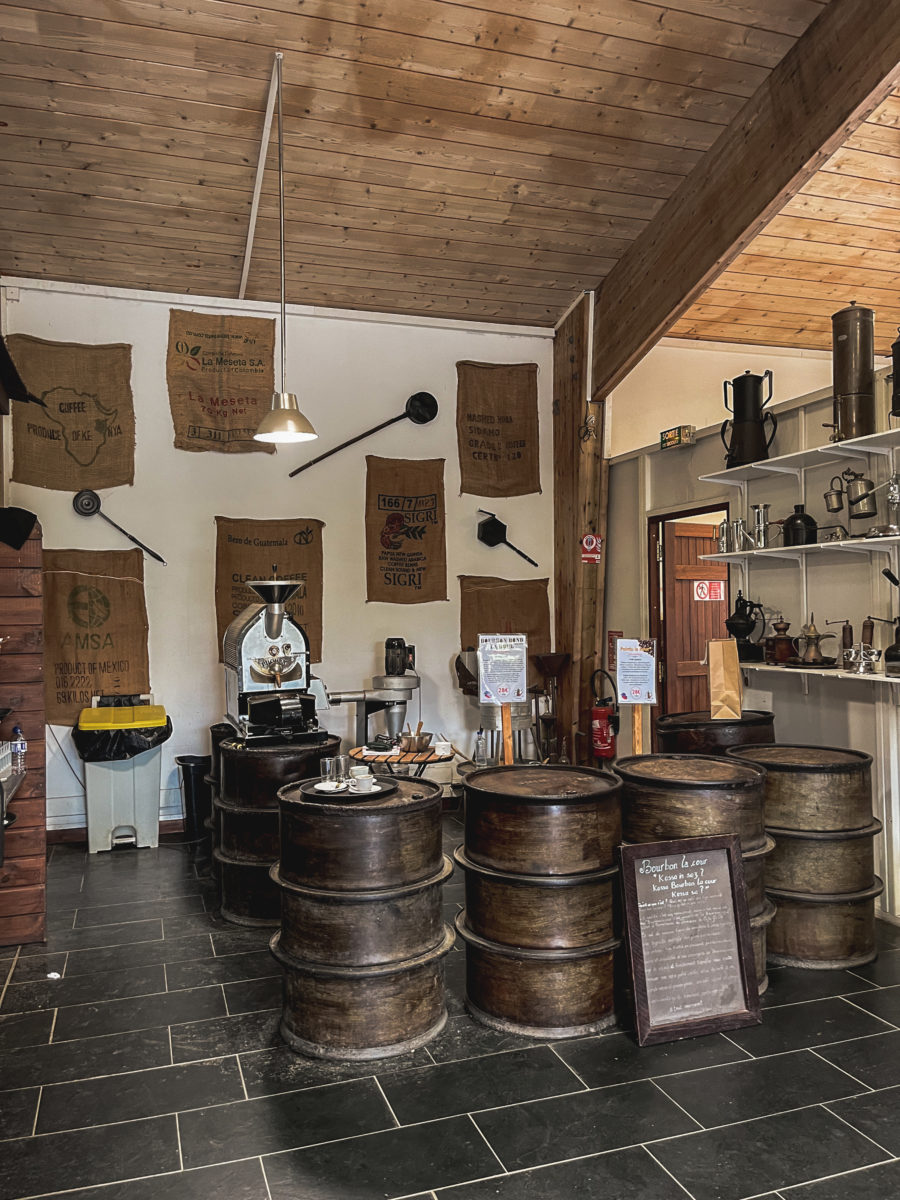

After this rich introduction (count on about twenty minutes for the introductory documentary), we set off to discover the botanical garden. This 4-hectare botanical garden offers visitors the chance to immerse themselves in the endemic and exotic plants found on Réunion Island. The garden is divided into two sections: today’s Reunion and yesteryear’s Reunion.
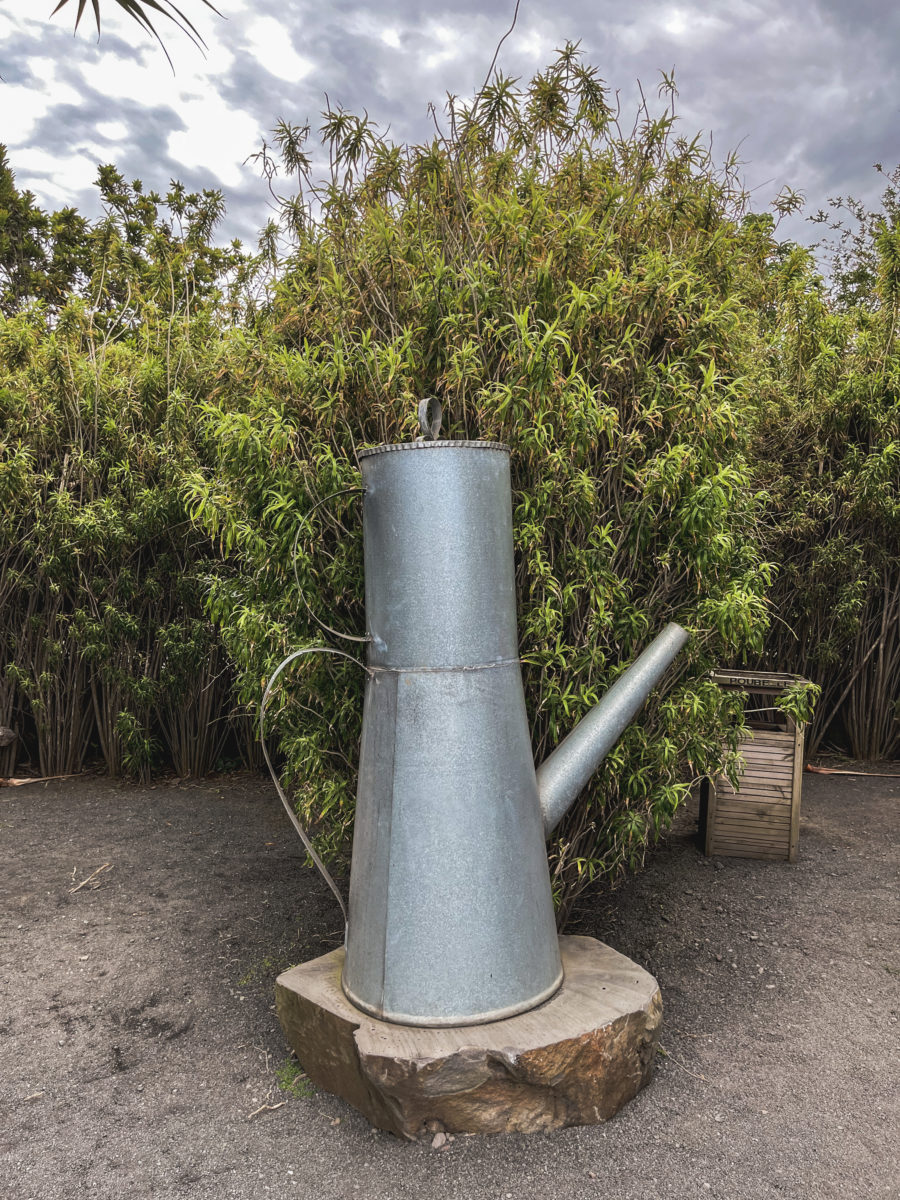

This chronological thread provides a good overview of Réunion’s history through plants. You’ll discover a traditional vegetable garden inherited from the last century, gardens dedicated to the cultivation of medicinal plants, and a hundred or so carefully tended plants, with a particular focus on coffee and its cultivation. The estate boasts over three thousand plants of Bourbon Rond, the first variety introduced to Réunion Island. It’s at this point, I imagine, that the guided tour really comes into its own, as several explanations are given around coffee-related elements.
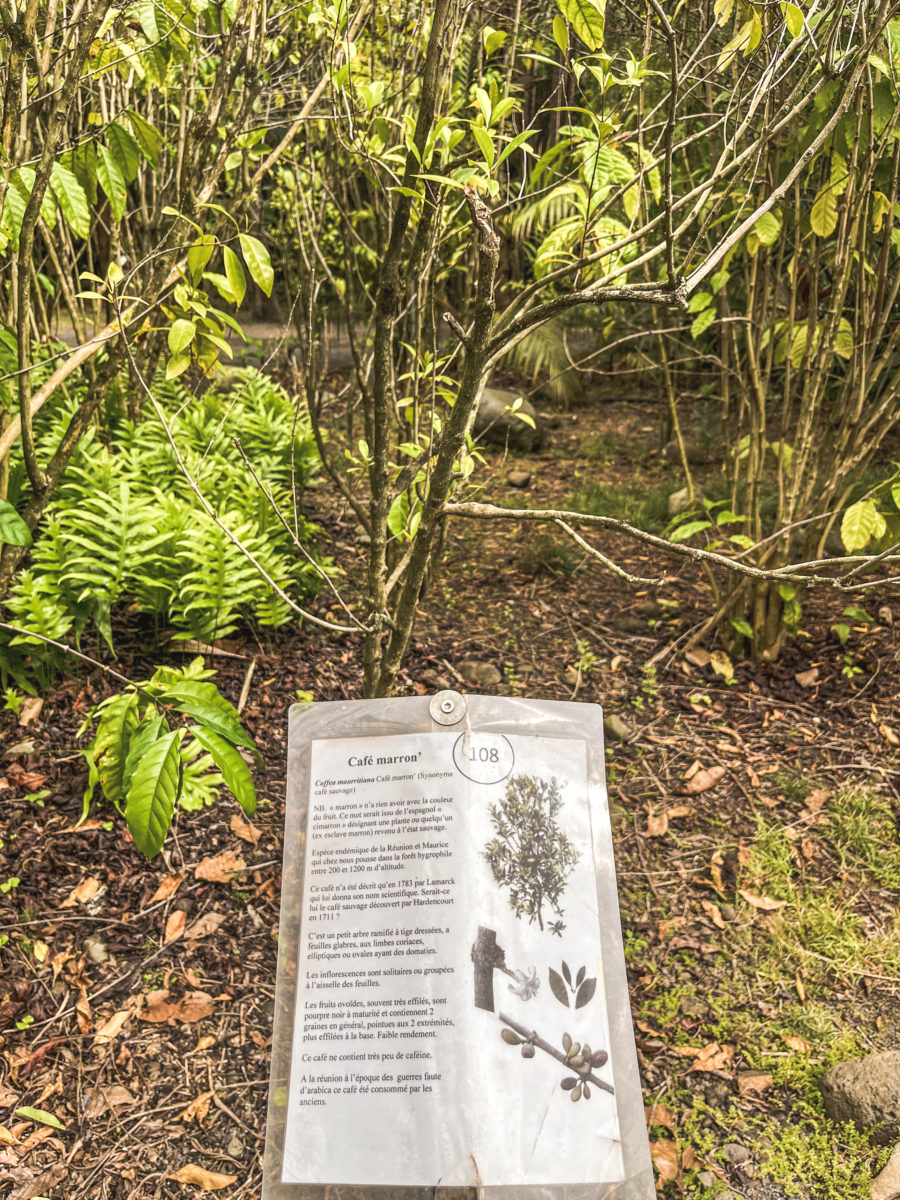
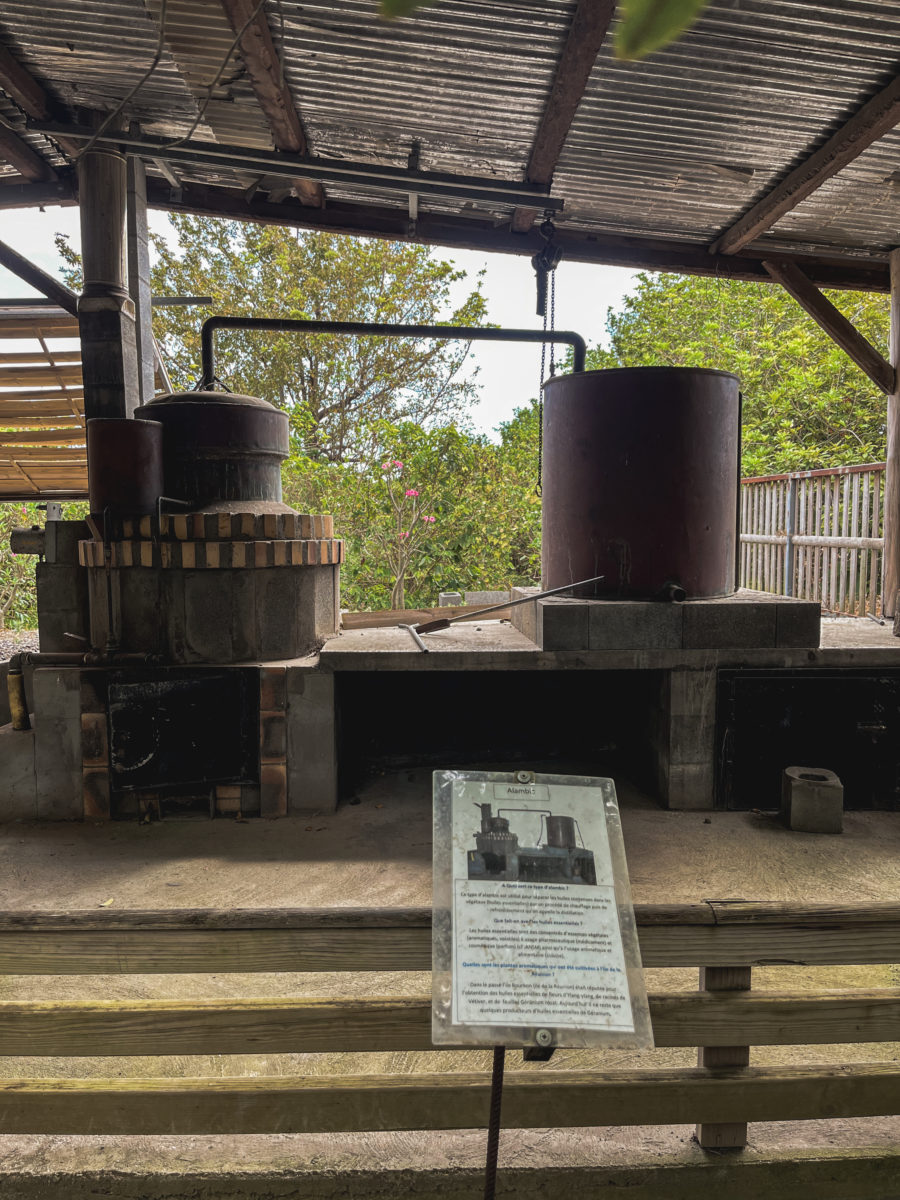
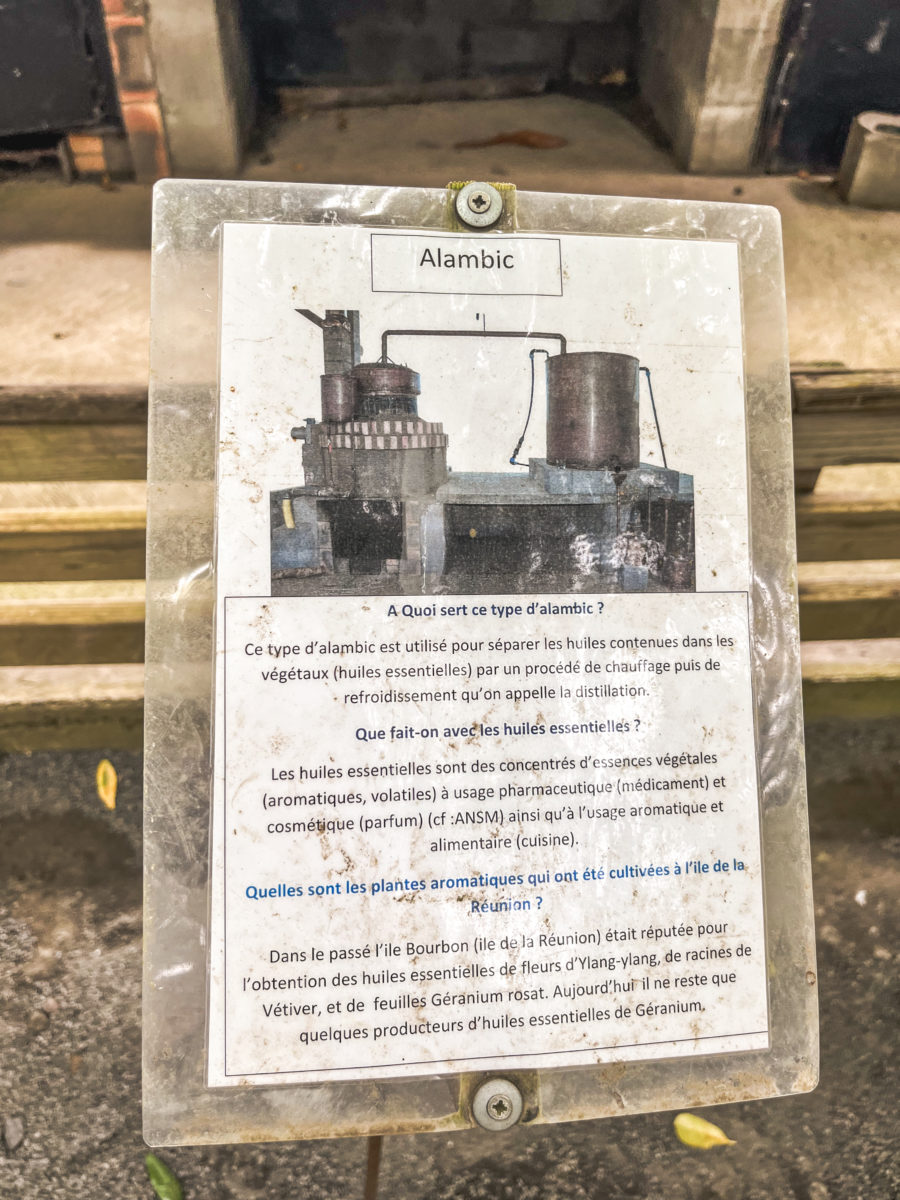

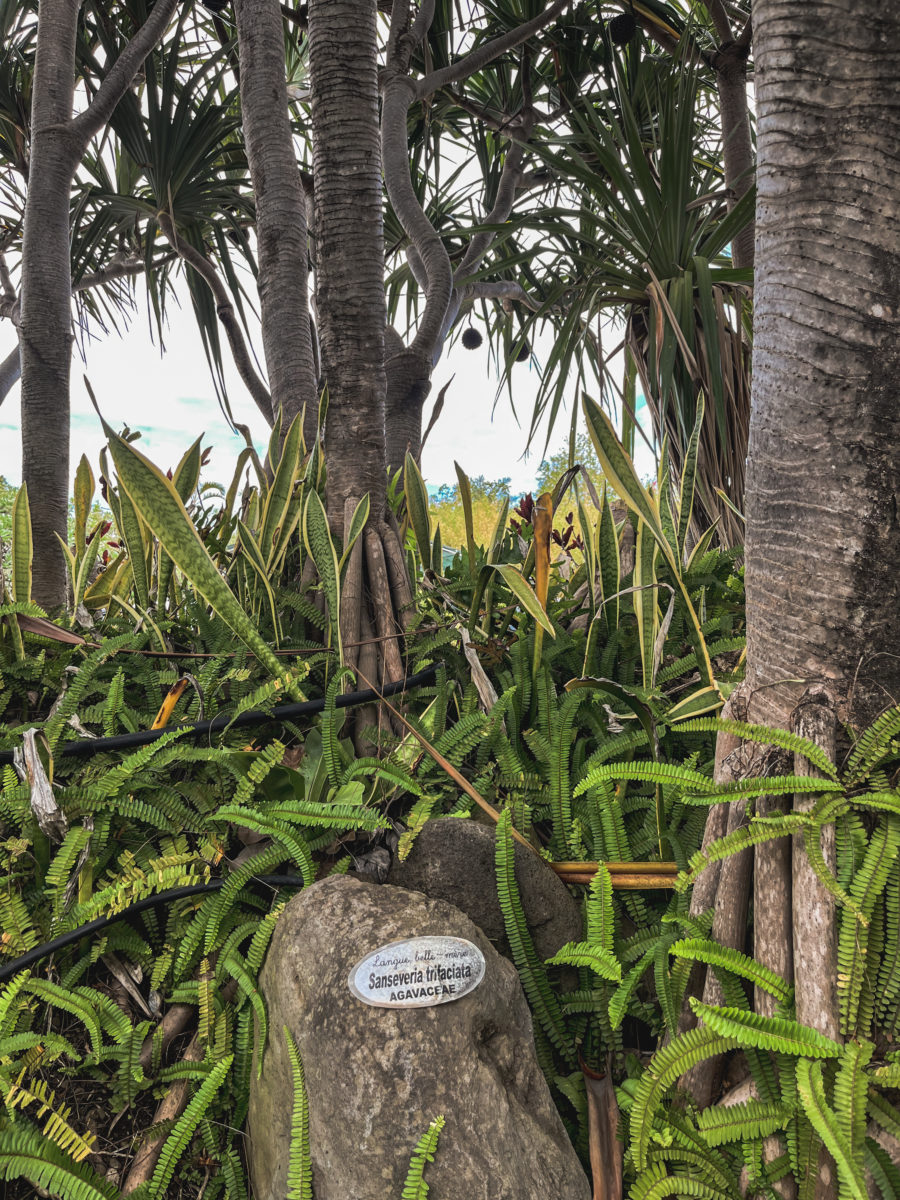
For an hour, we wandered through the vegetation and history of Reunion Island, whetting our appetites for the famous Bourbon, but also for the mosquitoes lurking in the garden! I advise you to spray yourself with mosquito repellent before entering the botanical garden! Having failed to follow this advice, I returned to the main building with the unpleasant impression that I was going to spend the next few hours scratching myself or applying soothing ointment to nasty mosquito bites (no plot twist, that’s what happened!!).
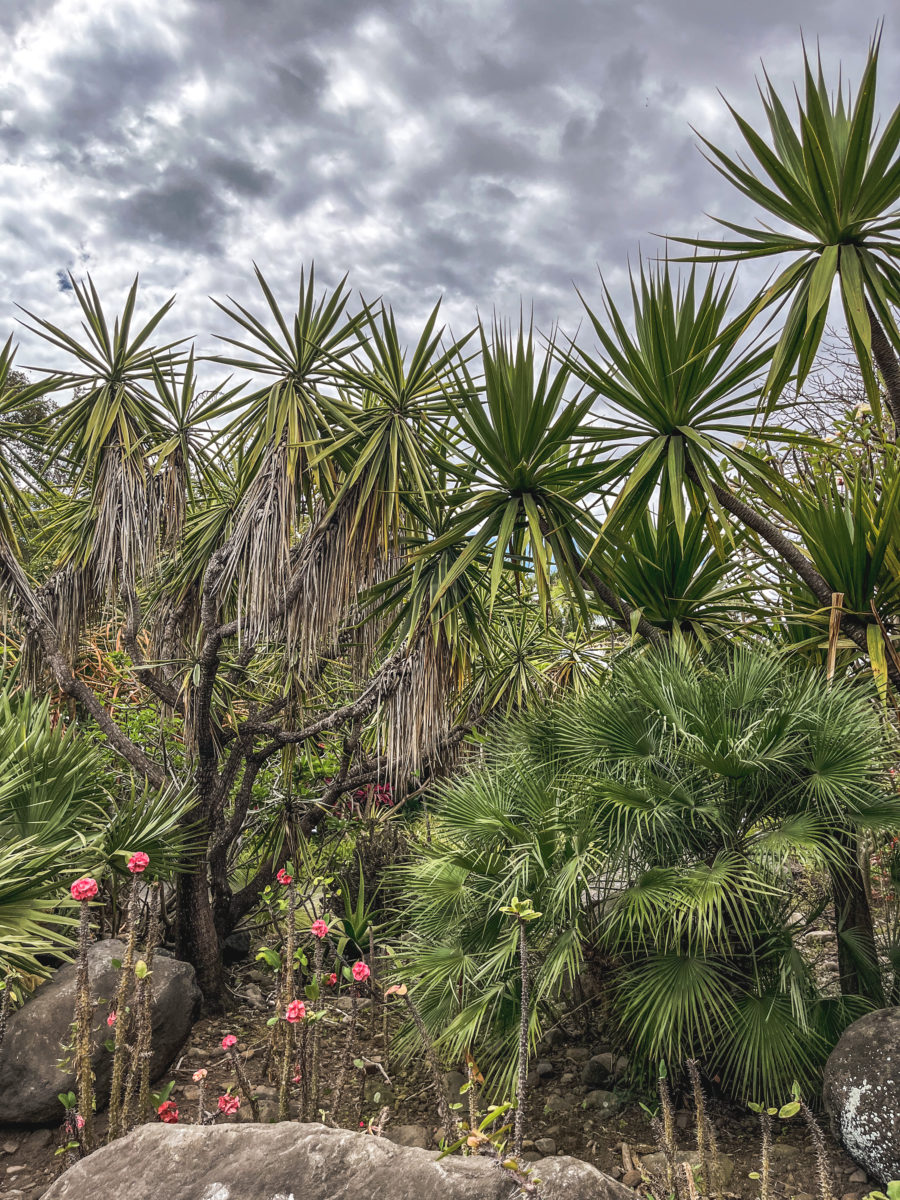

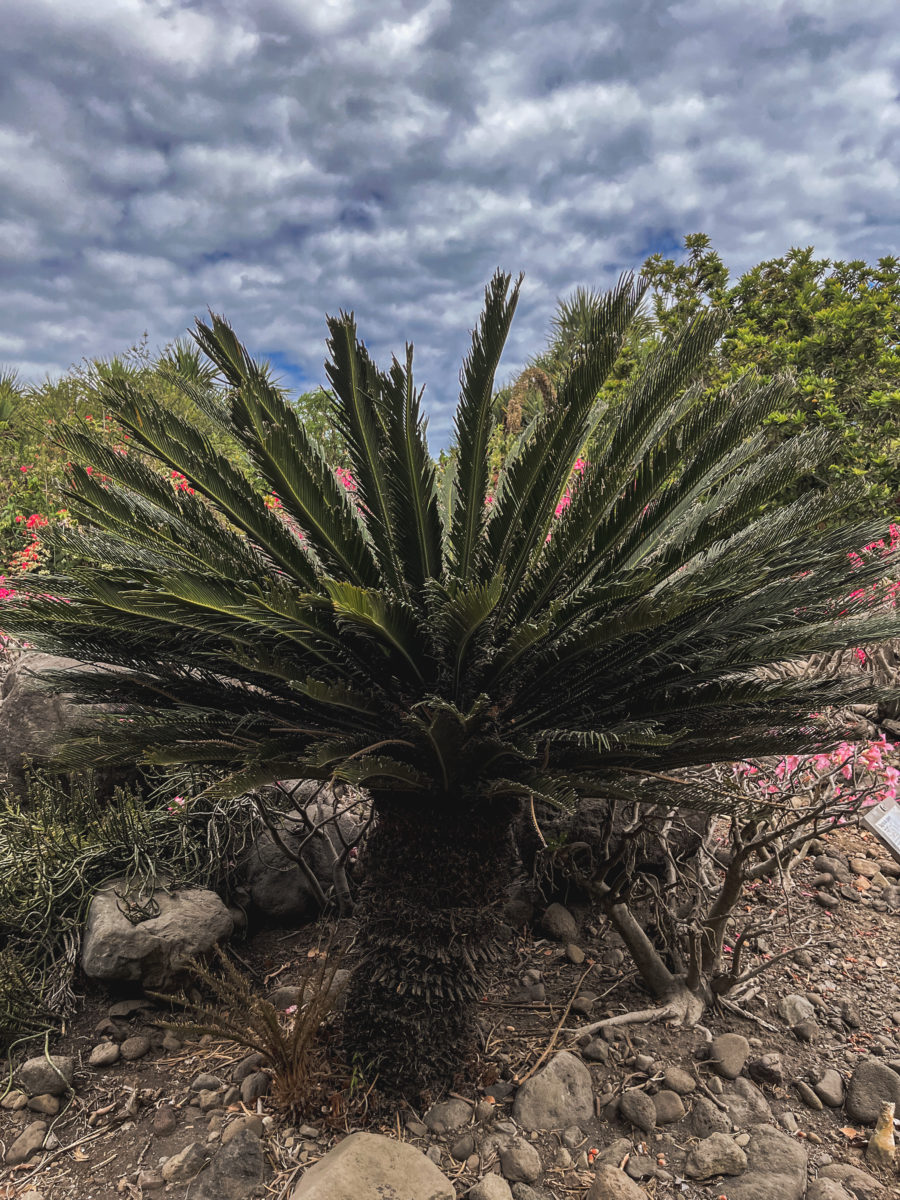



We settled in inside, feeling cool compared to the outside terrace, which, although sheltered, leaves little room for the coolness of the air-conditioning (yes, the seasons are reversed, so in the middle of November, it’s as if it were June in Europe).
Wanting to try the two local coffees, Bourbon Pointu and Rond, each member of my family ordered a different coffee, and my mom even ordered blue tea after the (very pushy but kind) pitch from the waiter. The blue tea, which in my opinion is tasteless, is made from the dried flowers of Clitorea ternatea, which as the name of the tea suggests, is a species of plant belonging to the Fabaceae family, commonly known as “blue butterfly pea” or “blue pea”.
The waiter explained to us, in broad strokes, how Bourbon Rond should be prepared so that we could taste it in the traditional, old-fashioned way. They call this coffee “lontan”. This is filtered by hand using a “grègue”, an ancestral metal coffee maker. Once the coffee has been ground, it is placed in the filter and hot water is gently poured over it. Then patience – hence lontan, a French phonetic for a long-time – comes into play. You have to wait quietly, sometimes up to 20 minutes for four cups, for the liquid to drip off, drop by drop. A local trick for keeping coffee hot is to immerse the pot in a bain-marie during this process.
Seeing all this effort to obtain a tasty, traditional coffee, we took the time to taste what was presented to us. Despite the price of a cup of coffee, which in Paris can run around 30 euros, the coffee Bourbon Pointu was not my favourite. I appreciated in greater detail the charm of “Le sublime de Bourbon”, which combines the aromatic power of Bourbon Rond with the citrus finesse of Bourbon Pointu. It’s a wonderful idea to combine the two, making an exceptional and delicious coffee.
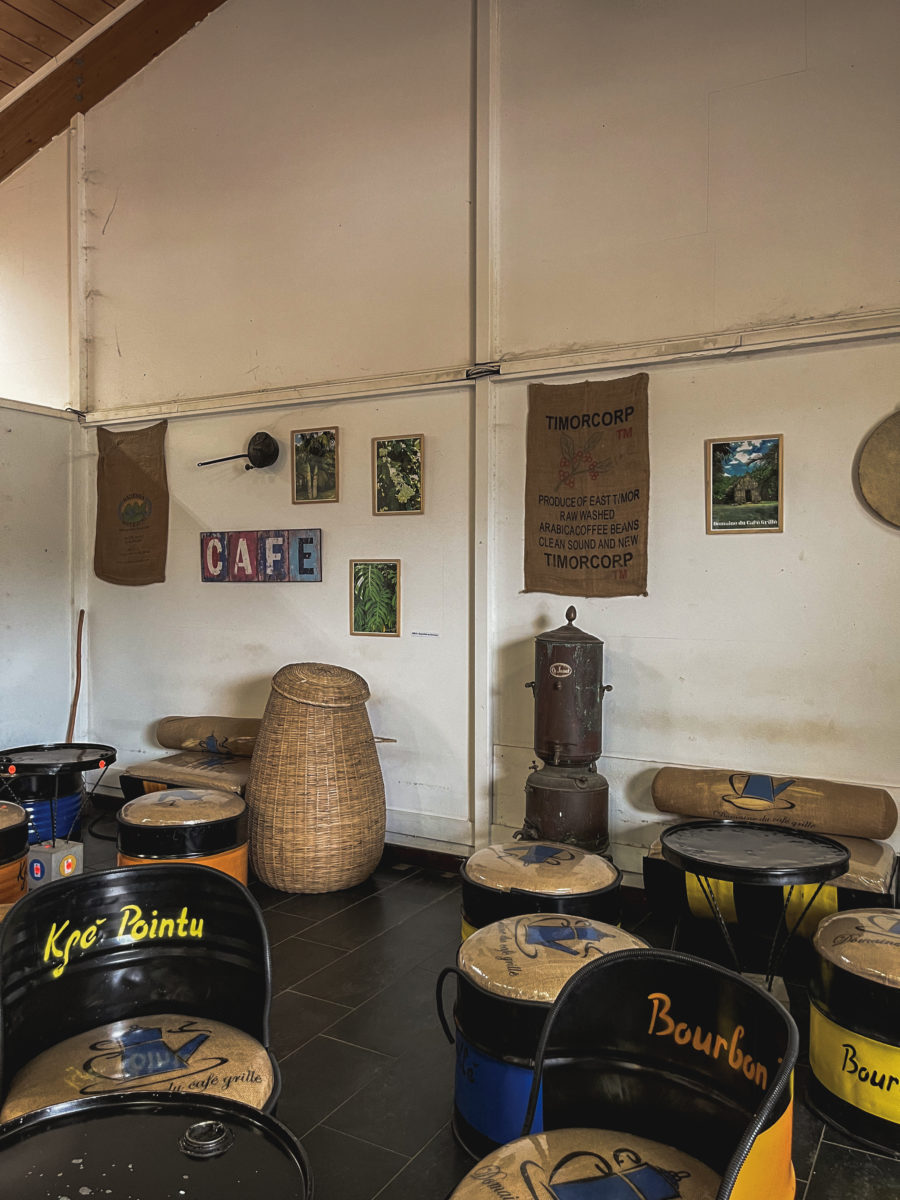


You’ll have a better time, consuming it at their café, since all exceptional coffees cost 4 euros a cup. Having sold out in the official store, I was almost shocked by the price at the airport duty-free, where 100 grams sell for 51.50 euros (but that’s still cheaper than a cup in Paris when compared)!
General information about Domaine du Café Grillé
https://www.domaineducafegrille.fr
Opening hours : Tuesday to Sunday, 9:30 a.m. to 5 p.m.
Ticket office for garden access closes at 3.30 pm.
Guided tours for adults: €9.50
Guided tours for children under 12: €4.75
Self-guided tours for adults: €7.50
Children under 12: €3.75
Tuesday to Sunday at 10:00 am and 2:00 pm
Reservations must be made by text message + 262 692 52 24 32, indicating the date of the tour (10:00 or 14:00), a first name and the number of people. Depending on availability, you’ll receive a confirmation SMS.
In conclusion, coffee on Reunion Island transcends mere gustatory pleasure to become a living symbol of the history and passion of the people of Reunion. This Indian Ocean Island continues to uphold its coffee tradition with Bourbon, a precious coffee that embodies both the cultural heritage and the determination of this community to preserve its roots in every cup of coffee.
